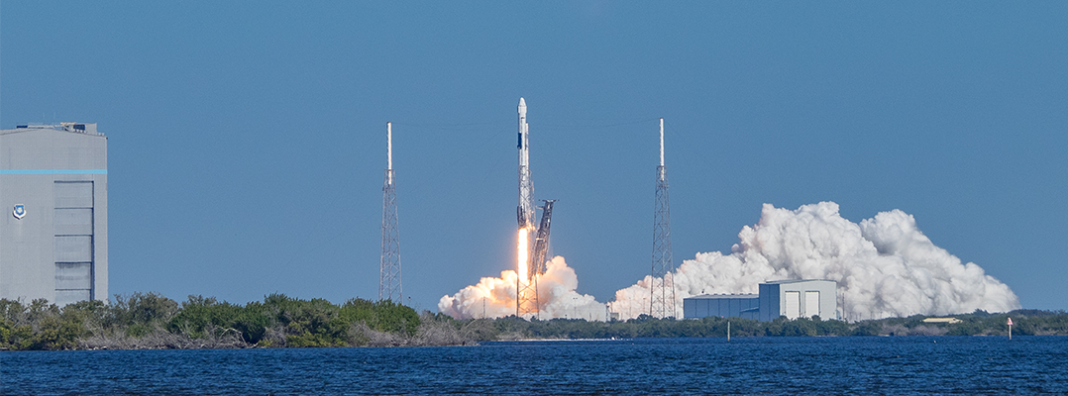
Nothing quite exposes differing views on innovation than billionaires launching their own rockets into space. As Blue Origin ascended, carrying Amazon founder Jeff Bezos, critics rose up against private space tourism efforts. They repeated all the same slogans as the week before when Virgin Galactic CEO Richard Branson took a trip.
But the harshest critics have the story backwards. We are on the precipice of an epochal shift that will help make space travel cheaper, safer, and more accessible. Thanks to nearly two decades of reform at NASA, American entrepreneurialism and ingenuity are flourishing in space. The story is told as a failure, but it is actually a sign of success.
While many praised Bezos, Branson, and Elon Musk of SpaceX for using their fortunes to advance private space travel and exploration, with the goal of even getting to Mars, a vocal group of detractors blasted these capitalists for having the audacity to look toward the stars at all.
Discouraging private space exploration would be a step backwards and undo positive reforms that have made space more accessible and affordable. The way that NASA did things changed dramatically in 2005 when Mike Griffin took over as Administrator. In early 2006, the Commercial Orbital Transportation Services (COTS) program was announced, which aimed to spend $500 million to develop and demonstrate commercial space launches. It was unlike anything NASA had tried before. Instead of detailed requirements which were typical at the time, COTS spent only three pages to lay out broad cargo and crew transportation capabilities. Private industry was left to innovate on their own to meet those requirements.
These contractual tweaks seem minor, but they’ve been revolutionary for NASA and for the space industry. COTS pushed SpaceX and Blue Origin to begin developing reusable rockets. SpaceX’s Falcon 9 rocket has since become a workhorse, supplying the International Space Station (ISS) and launching satellites into orbit. Another milestone was reached last year when Americans were launched to the ISS on a reused Falcon 9, the first time a U.S.-built space vehicle accomplished this feat since the shuttering of the Shuttle program.
COTS and its follow-on programs demonstrate what innovation can accomplish when coupled with policy reforms. About a decade ago, NASA ran the numbers on Falcon 9 and estimated its traditional system of contracting would have cost taxpayers $4 billion. SpaceX did it for $443 million, a tenth of the cost. NASA estimated that COTS’ successor, the Commercial Crew program, saved the agency some $20 billion to $30 billion over its lifetime, ultimately reducing the cost of launching hardware into space.
Cheap launches mean Starlink broadband Internet is potentially feasible for rural regions. Cheap launches mean satellites like Sentinel 6 which track climate change are easier to deploy. They mean more experiments in space and a better understanding of our world. But yes, cheap launches also mean billionaires can hitch a ride to space, even if some mistakenly claim it’s just the rich living out their fantasies.
We have heard similar stories before. When the Wright Brothers proved flight was possible, some predicted it would never be anything more than a toy for the rich. Astronomer William H. Pickering argued that the vision of “gigantic flying machines speeding across the Atlantic carrying innumerable passengers… would be prohibitive to any but the capitalist who could use his own yacht.”
Technologies of all stripes go through this process. The automobile was a novelty of the rich until it wasn’t. Cell phones were the plaything of the wealthy until they weren’t. Space travel seems poised to travel this same arc, and it was pushed along because NASA changed course and did things better.
Instead of dunking on billionaires, critics should take it as a chance to learn what has gone right and apply those lessons broadly. Smarter policy combined with American ingenuity is a recipe for success, both here on Earth and out in space.


 Regulatory Transparency Project
Regulatory Transparency Project